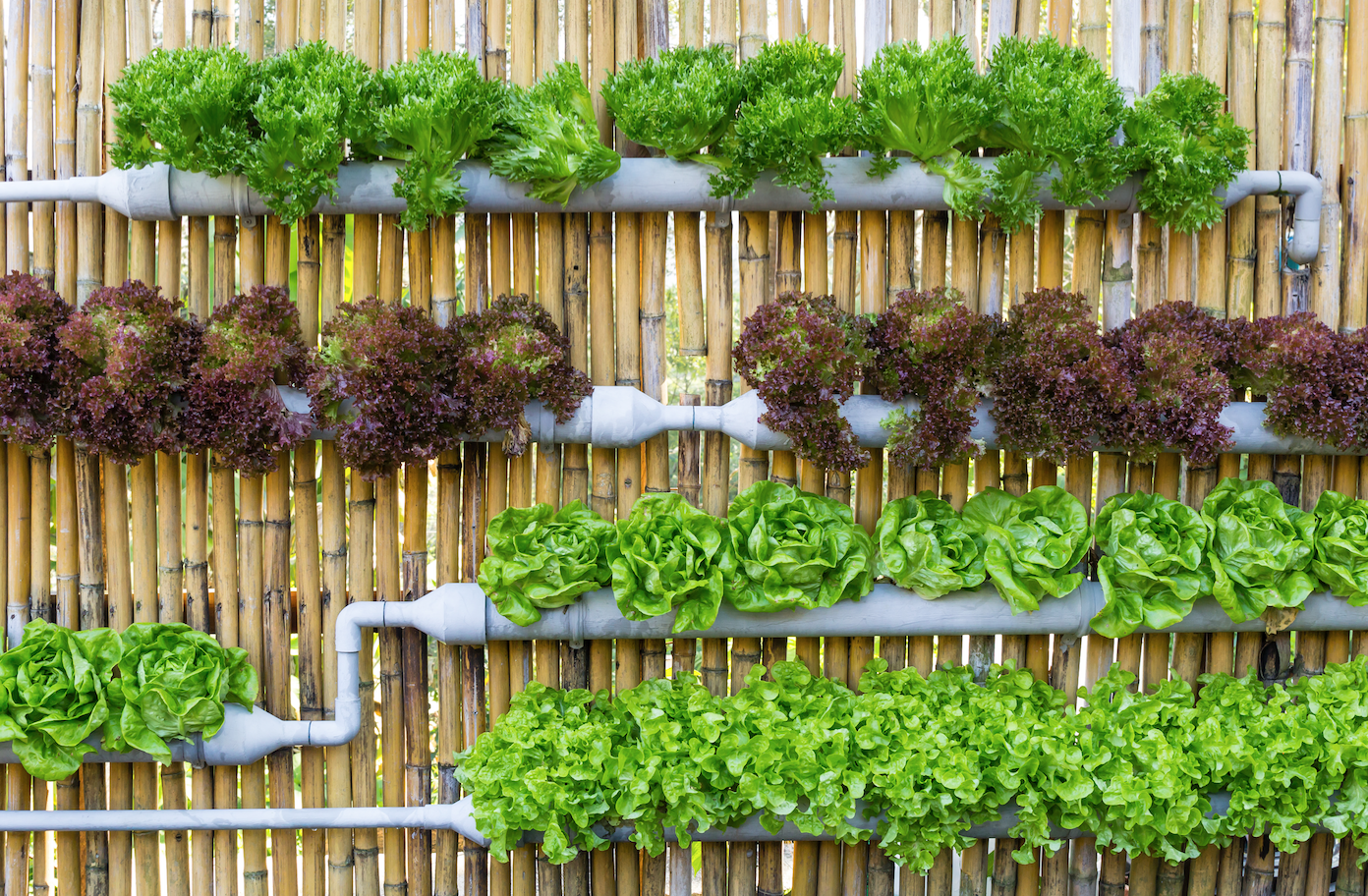Earth Day is approaching! Planning a sustainable garden is one way to help our Earth for years to come. The intensity of the sun often dries out our lawns ending in the demise of our green lush landscape and gardens. By planting a sustainable garden, you can remain eco-friendly and maintain your “lawn of the month” status.
“’Sustainable’ means to perpetuate existence as well as to provide sustenance and nourishment,” according to the Planet Natural Research Center. “[A sustainable garden] is an organic garden taken a step further. Following organic gardening practices will sustain soils and plants while it nourishes and sustains your family, both physically and aesthetically.”
According to the Florida Friendly LandscapingTM Guide to Plant Selection & Landscape Design produced by the University of Florida IFAS/Extension Service and the Florida Department of Environmental Protection, there are nine principles to follow for a sustainable garden.
1. Right plant, right place
Consider the area in which you are planting. Alachua County falls in zones 9a and 8b on the USDA Plant Hardiness Map, so look for plants that will thrive in these zones. When shopping for plants, you should determine whether the area they will be planted in receives a lot of shade or sun, whether it is in a windy or protected area, and whether the area is elevated and therefore drier or lower and wetter.
Try filling your sustainable garden with plants that are native to the region you live in. Some popular native plants that do well in North Central Florida include the American Wisteria, the Southern and Sweet Bay Magnolia trees, certain varieties of rose, Beautyberry, hibiscus, Saw Palmetto and certain varieties of hydrangea. Check out the Florida-Friendly Plant List at Floridayard.org for more options.
2. Water efficiently
When you do need to water your yard or garden, “irrigate only when your lawn and landscape show wilt signs,” according to IFAS. It is best to water during the coolest times of day and to constantly monitor your irrigation system to make sure there are no leaks or clogs.
3. Mulch
Adding mulch to your landscape is another easy way to lock in the moisture of the soil surrounding your plants. The mulch provides a barrier between the sun and the soil, which also helps to control the growth of unwanted weeds.
4. Fertilize appropriately
If you need to fertilize your garden or lawn, IFAS recommends using a fertilizer with slow-release nitrogen and little to no phosphorous.
5. Recycle by composting
By composting, you can reduce the amount of fertilizer your garden will need to thrive. Composting allows you to recycle organic matter in your garden (grass clipping, pruned branches, etc.) as well as food scraps from your kitchen to create a nutrient-rich mixture that your garden will appreciate.
6. Attract wildlife
Make your garden a haven for native birds, butterflies and bats by planting flora that these animals and insects can eat, such as the native wax myrtle, Florida Flame Azalea and Coral Honeysuckle.
7. Manage yard pests responsibly
Try to avoid the use of insecticides, as these can harm animals and beneficial insects. Instead use disease resistant plants and spot treat when necessary.
8. Manage stormwater runoff and 9. Protect the waterfront
Protect Florida’s waterways by preventing pesticide and fertilizer runoff. IFAS recommends creating shallow rain gardens, keeping your downspout pointed toward your garden and maintaining a 10-foot “maintenance-free zone” if you live near a body of water.
So, what are you waiting for? Why not transform your garden into a sustainable environment? It is as simple as embracing native plants, covering your soil with mulch and recycling the seemingly useless parts of your yard to reuse them as compost. Go ahead, and get started!
Related articles
Why Do We Celebrate Earth Day?
Why Should You Feed Your Cat Peas?
Conservation Tips to Prepare for Earth Day
Use Oats to Transform Your Skin

